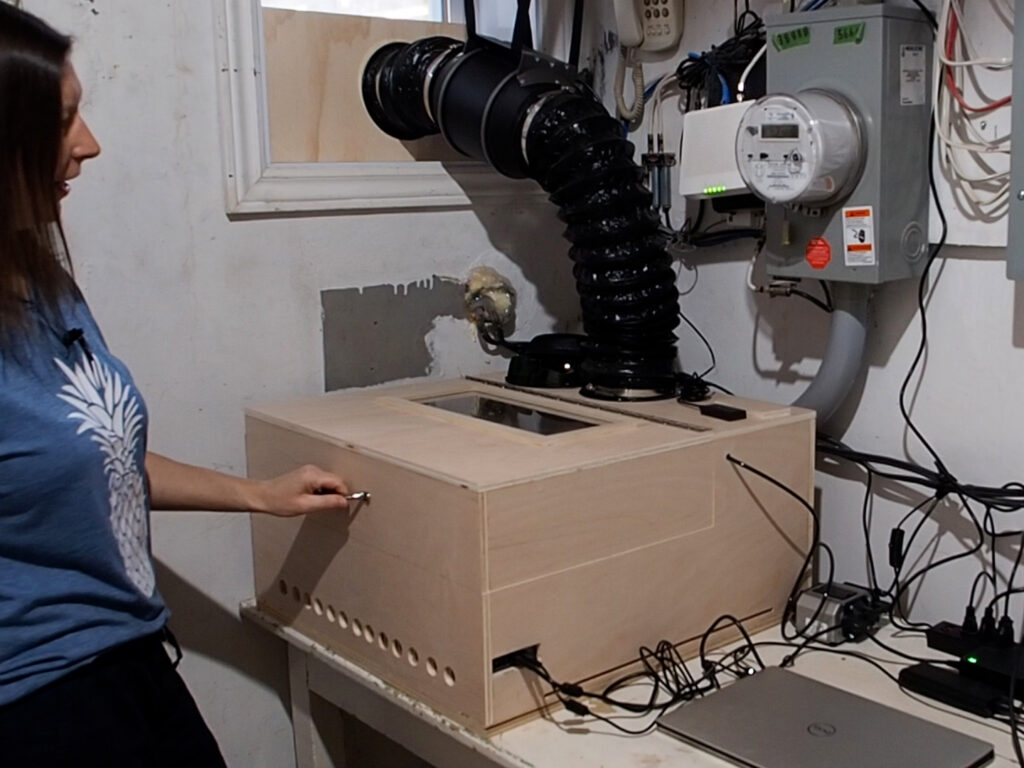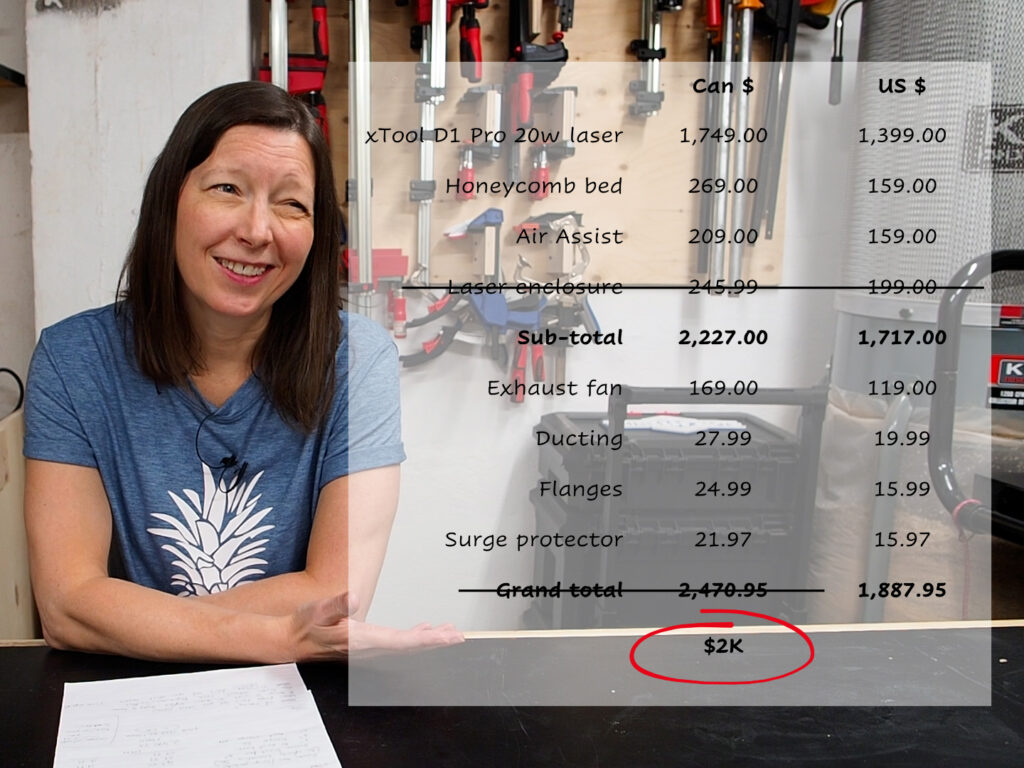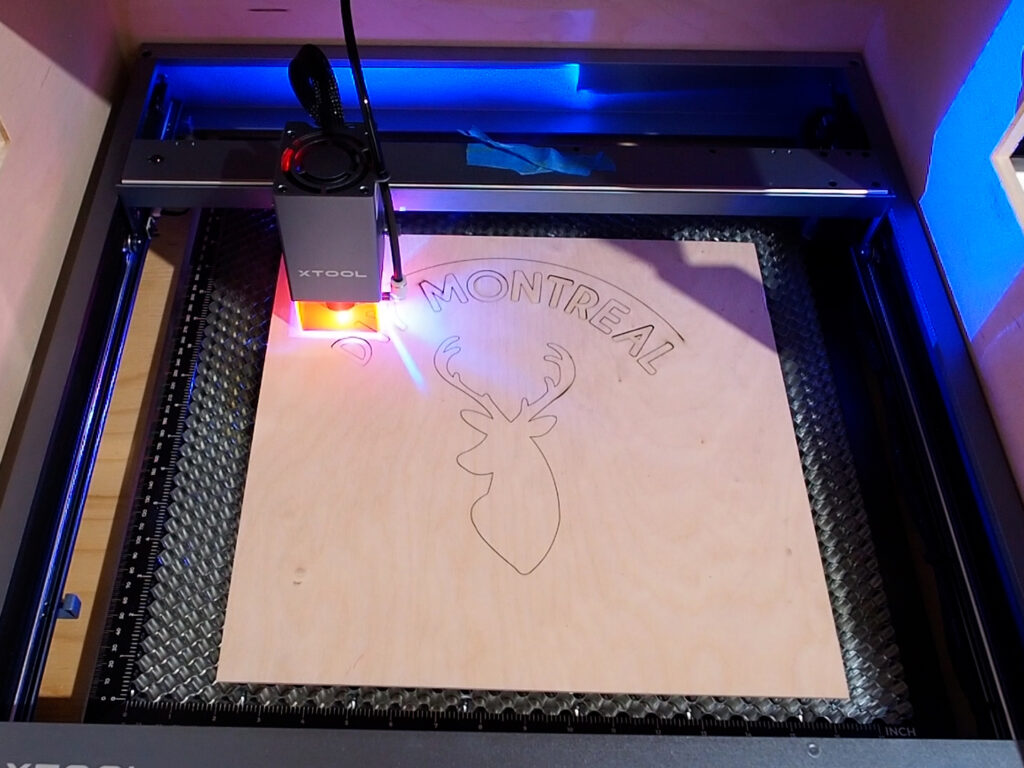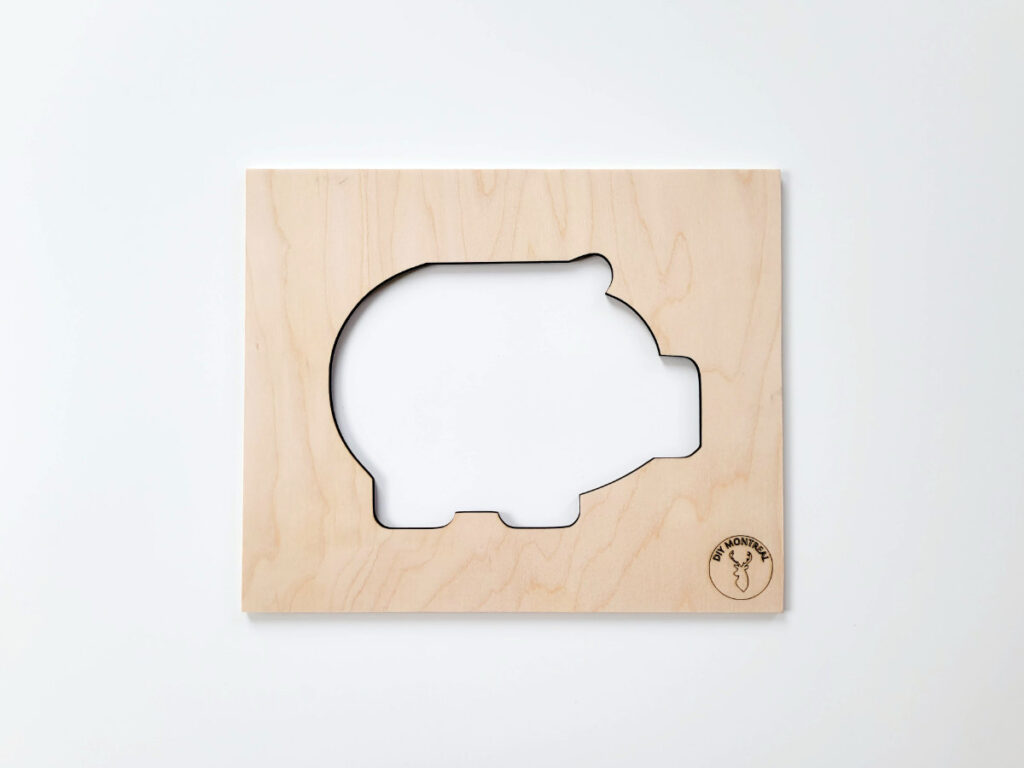Around nine months ago, I made an impulsive purchase—an xTool D1 Pro 20w laser engraver. At first, the idea of creating custom designs and engraving on various materials excited me. However, my initial enthusiasm soon waned, and the laser engraver ended up gathering dust in the corner of my basement.
In this blog post, I’ll share my experiences, the challenges I faced, and the six things I wish I knew before buying a laser engraver.
Everything You Need to Know Before Buying a Laser Engraver
1. Dealing with Fumes and Exhaust
One of the most significant surprises was the overwhelming smell and toxic fumes produced by the laser engraver. I learned the hard way that proper ventilation and an enclosed workspace were essential for safe usage. Setting up an enclosure with an inline duct fan proved to be crucial, as it effectively extracted fumes and kept my basement free from toxic odors.

2. The Hidden Costs of Laser Ownership
The initial cost of the laser engraver was just the tip of the iceberg. Additional accessories, such as a honeycomb grid for cleaner cuts and an air assist pump for better engraving, were necessary but not included in the original price. Moreover, setting up an efficient exhaust system required investing in an inline duct fan, hosing, and flanges, further adding to the expenses.

3. The Limitations of Laser Types
I failed to realize that not all laser engravers are created equal. The diode laser I purchased could not cut clear acrylic, limiting its capabilities. Understanding the differences between CO2, fiber, and diode lasers is vital to ensure you get the right tool for your specific needs.
4. The Time-Consuming Nature of Laser Work
Using a laser engraver is not as straightforward as pressing a button and walking away. It requires constant supervision, as the potential for fire or mishaps is ever-present. Additionally, learning the intricacies of the laser engraving software and adjusting settings for the best results can be time-consuming.
5. Learning Curve and Software Updates
Becoming proficient in laser engraving involves a steep learning curve. You need to master design software and the intricacies of the laser’s settings to achieve optimal results. Software updates and glitches are also common challenges that require patience and research to resolve.
6. Trial and Error: The Key to Success
Don’t expect perfection from the start. Trial and error is the name of the game with laser engraving. Experimenting with different materials, settings, and techniques is the best way to improve your skills and achieve better results.

Conclusion
Though my initial experience with the laser engraver left me feeling disappointed, I now realize that my journey has just begun. Learning from my mistakes and embracing the learning curve, I’m determined to unlock the full potential of this powerful tool. In fact, I’ve already started designing and selling router templates that you can check out in my online store.

So, if you’re considering buying a laser engraver, be prepared for the challenges, invest time in learning, and don’t give up too soon. With patience and perseverance, you can transform your laser engraver into a powerful creative asset, unleashing endless possibilities for customization and artistic expression.
